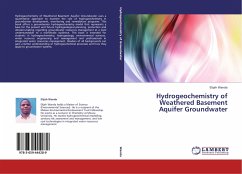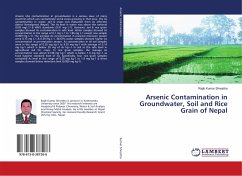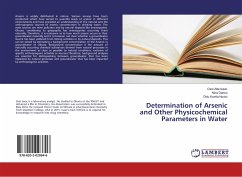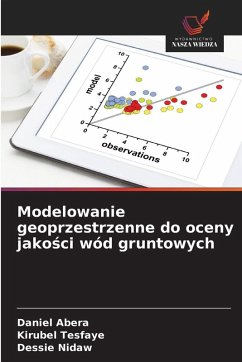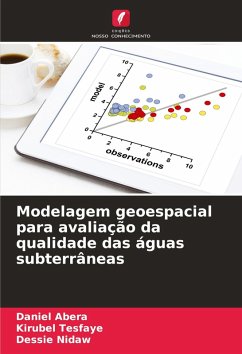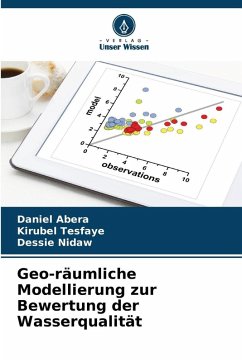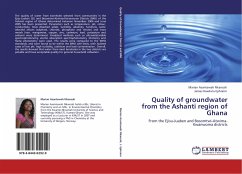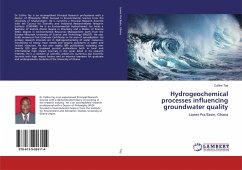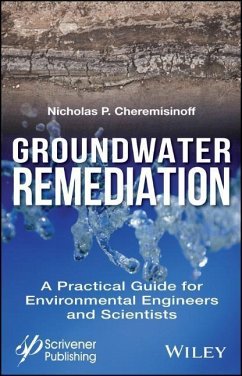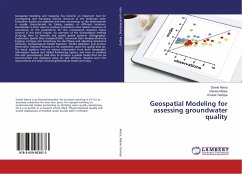
Geospatial Modeling for assessing groundwater quality
Versandkostenfrei!
Versandfertig in 6-10 Tagen
30,99 €
inkl. MwSt.

PAYBACK Punkte
15 °P sammeln!
Geospatial modeling and mapping has become an important tool for investigating and managing natural resources at the landscape scale. Exhaustive studies are expensive and time consuming, so the phenomenon is usually characterized by taking samples at different locations. Geostatistics is then used to produce predictions (and related measures of uncertainty of the predictions) for the unmeasured locations. Topics covered in this book include: An overview of the Geostatistical method (Kriging), How to describe and model spatial patterns (Variography), Exploratory Spatial Data analysis-(ESDA), St...
Geospatial modeling and mapping has become an important tool for investigating and managing natural resources at the landscape scale. Exhaustive studies are expensive and time consuming, so the phenomenon is usually characterized by taking samples at different locations. Geostatistics is then used to produce predictions (and related measures of uncertainty of the predictions) for the unmeasured locations. Topics covered in this book include: An overview of the Geostatistical method (Kriging), How to describe and model spatial patterns (Variography), Exploratory Spatial Data analysis-(ESDA), Structural Data Analysis-(Ordinary Kriging), Isotropy and Anisotropy for identifying and adjusting directional influence, Semivariogram Model Selection, Model Validation and Surface Generation, Indicator Kriging for risk assessment: given the spatial data set. The book explores how to extract information from both Geographic Information System and Global Positioning System, and how to combine this with groundwater field data to produce a spatial model that can be reconstructed and displayed using arc GIS software. Readers learn the requirements and steps towards geostatsitical model and maps.



